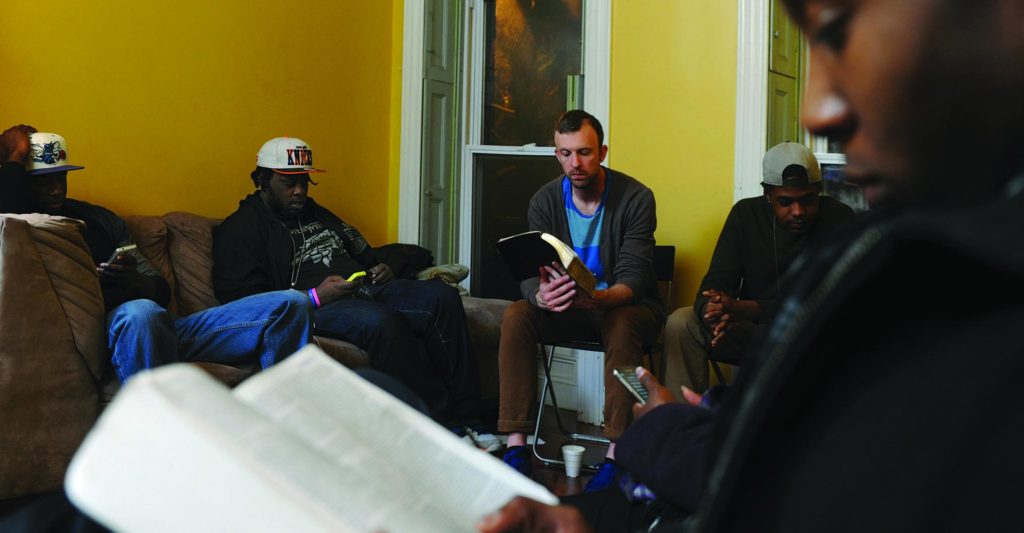North Avenue in Baltimore is where King Thomas learned to walk. It is where his mother died when he was 2. North Avenue is where his dad and his brothers all learned to deal drugs.
The neighborhood boomed from the early 1900s until about 1960. Nearby Royal Theatre hosted performances by all the greats—Nat King Cole, Duke Ellington, Billie Holiday and Dizzy Gillespie. The famed Pennsylvania Avenue was the center of an artistic renaissance rivaling Harlem’s in New York City.
But this was decades before Thomas took his first steps. The community had been an enviable collection of neighborhoods where families could make an honest living and raise their children.
But then the shift came.
During the 1970s, many families left for the suburbs, selling their homes and moving their businesses. Few returned.
The once-glittering North Avenue was now growing notorious for something else. In this Baltimore, Thomas knew by age 10 his life would have no bright future. His dad, a respected gang leader, was behind bars. Thomas spent his life in and out of foster homes. He and his brothers had come to view their gang as family.
“For me, life was all about being in the gang and taking care of my ‘family,’” says Thomas, now 21. “By the time I was 10, I was in a gang. When I was 18, I went to jail.”
Saving King Thomas
Baltimore church planter Joel Kurz was hurt for his city, but he believed he could change Baltimore by reaching out to people in their own neighborhoods.
“To reach Baltimore, you have to reach the neighborhoods,” says Kurz, pastor of The Garden Church, Baltimore. “That’s why we intentionally moved into the same neighborhood as the church.”
King Thomas, the fledgling gang member, might not have paid much attention to God or to his own potential to impact his community if Kurz had chosen to live somewhere else.
Articulate, 21-year-old Thomas had seen a lot of life and life lost by the time he was 10. Stories like Thomas’ could be found anywhere in North America.
“There are a lot of churches in the neighborhood, but their people live in the suburbs. It’s kind of phony,” says Thomas. “We’re like, ‘You guys come on a Sunday and you preach the gospel to us. But you don’t know anything about us.’ When churches come to the city they have to at least build a relationship. It feels like we’re on the other side of the world.”
When Kurz and Thomas met, Thomas was a young believer and still a bit skeptical. But now he is teaching a kids’ Sunday School class at the church. Thomas is also a living testimony to his dad, brothers and former gang family that Christ can change the people in a place like North Avenue.
“In tough communities things get started and often don’t last,” Kurz says. “We really want to be faithful and continue to develop into a healthy church and be a faithful gospel presence in the community.”
Can staying faithful in a tough neighborhood actually bring about the transformation of a place hit hard by urban challenges? Why do men like Thomas begin traveling the wrong path to begin with?
“It’s because of a lack of love,” says Thomas. “If you lack that love, you’re going to look for it—for people to show you that much attention. That’s what I was looking for. My only source of love was gangs.
“The love that Christians show to each other—I haven’t seen it anywhere else.”
Send Relief believes the Church is the solution. Our foster care and adoption initiatives equip and encourage churches to engage in their communities and be the places that embrace the least of these. Discover your next foster care and adoption initiatives here.
Published October 12, 2017
